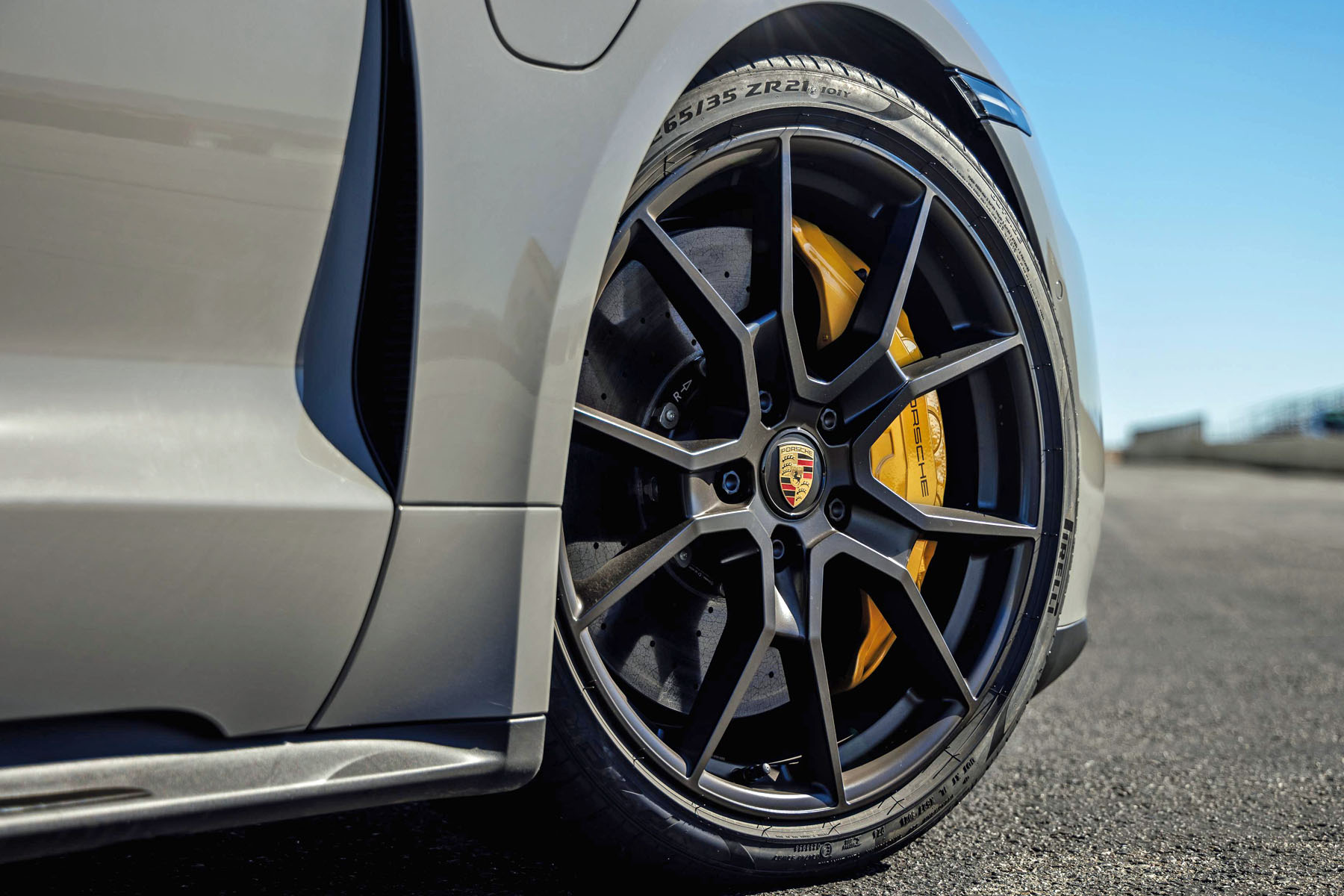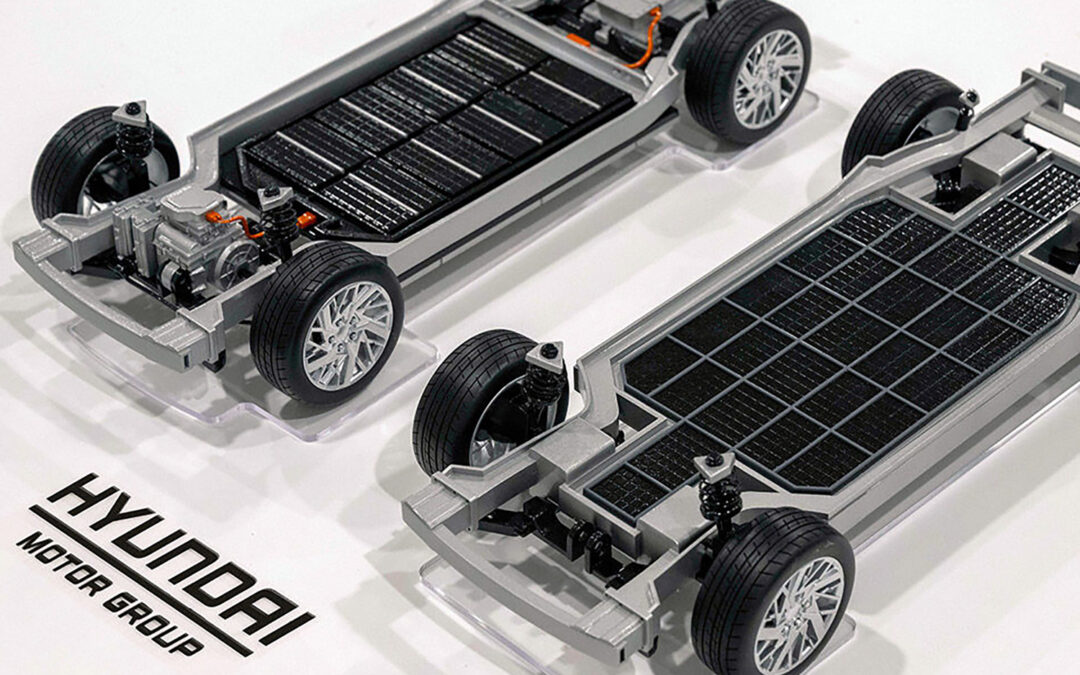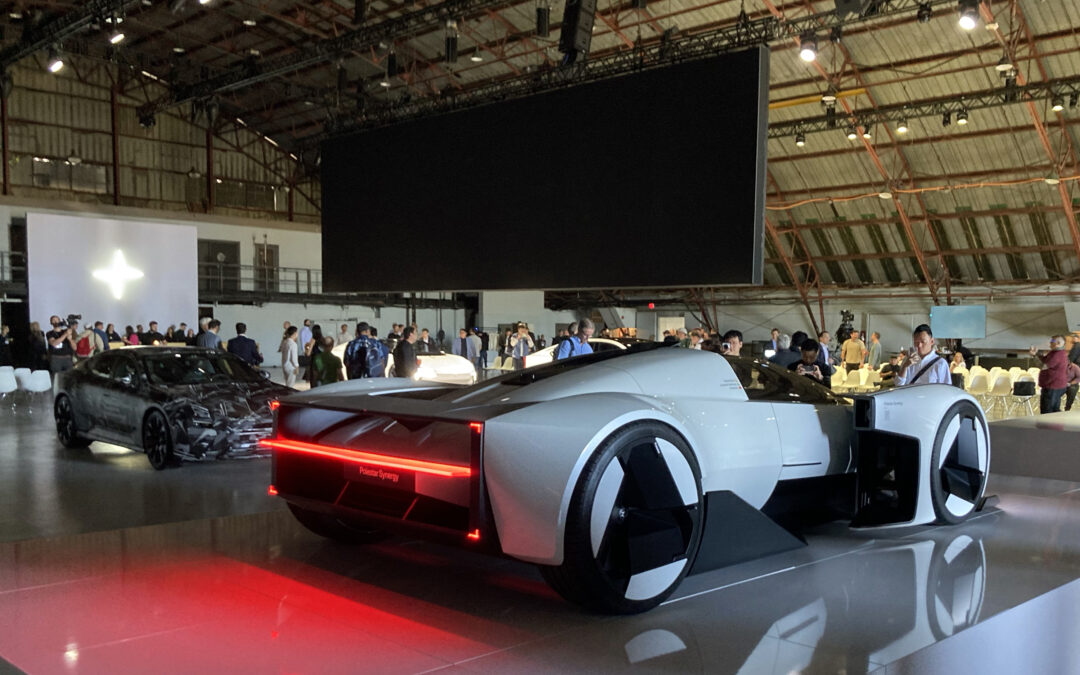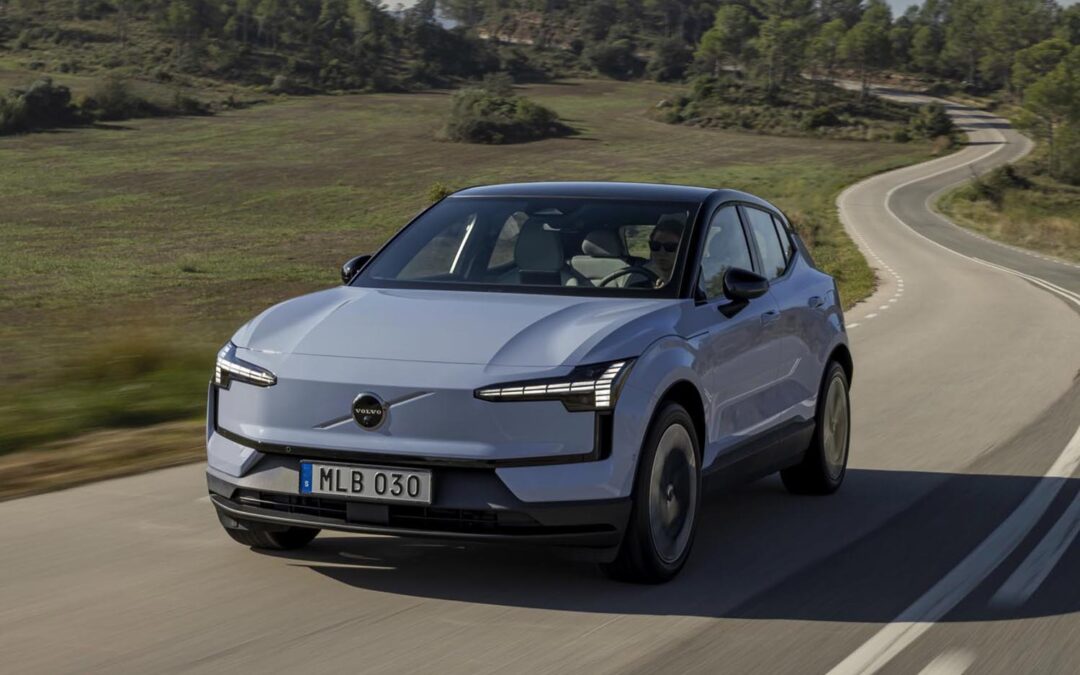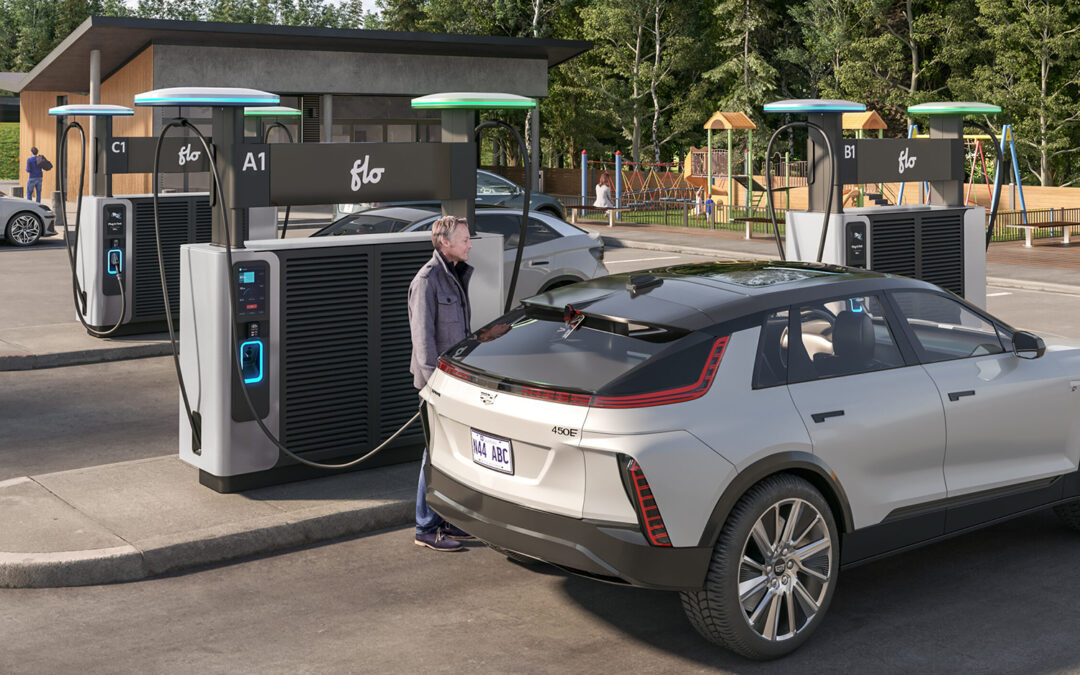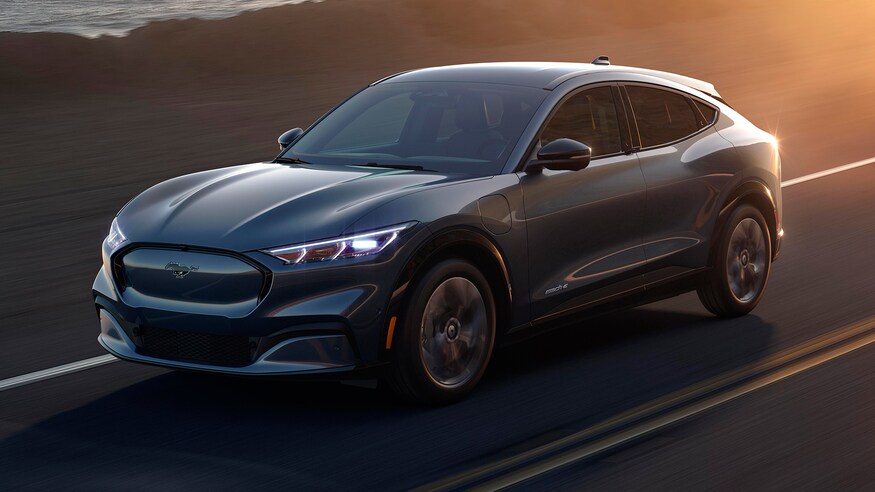Regenerative braking is something all electrified vehicles make very effective use of, as it captures otherwise waste energy and uses it to charge the battery. In regular hybrids, like the recently revealed 2023 Toyota Corolla Cross Hybrid, it’s the most efficient way to charge the battery. However, in the case of a fully electric vehicle it plays a much more significant role, as the energy captured has a large impact on the overall driving range.
In gas-powered vehicles, reining in the kinetic energy does nothing other than heat up the brake rotors every time the pedal is pressed. This is why race cars must have cooling ducts to prevent the brakes from losing their cool. In the case of an electric vehicle, harvesting the same energy and converting it into the electricity that recharges the battery means it is now being put to productive use. Here, the electric motors that deliver the instant-on torque that powers the EV off the line so well reverse function to become massive generators every time the accelerator pedal is lifted. This simple action puts precious energy back into the battery.
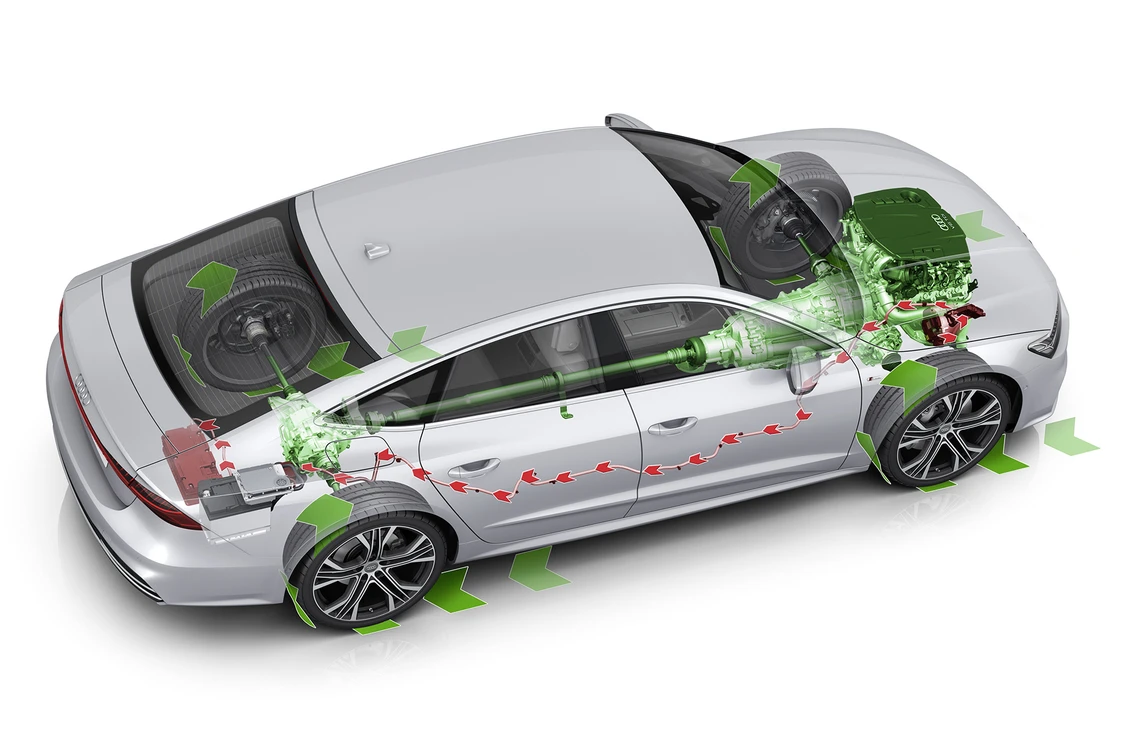
To put things into perspective, Porsche says regenerative braking is so effective the wear and tear inflicted on the mechanical brakes is so small the pads on the Taycan only need replaced every six years. More importantly, it’s the energy regenerative braking feeds back to the battery and its effect on driving range. Both Audi and Porsche say up to a third of the vehicle’s driving range comes from regenerative braking. Based on the published driving ranges this means it has the potential to put upwards of 100-km of range back into the battery, and it all comes from harvesting waste energy.
All manufacturers allow the driver to set the regenerative braking characteristics. Some do it in numerous stages; others give the driver limited choices. Likewise, some allow the regenerative rate to be adjusted through steering wheel-mounted paddles; others do it through the vehicle settings in the infotainment system. In all cases, the regenerative braking ranges from benign to aggressive. The best regenerative braking mode depends on the driving situation.
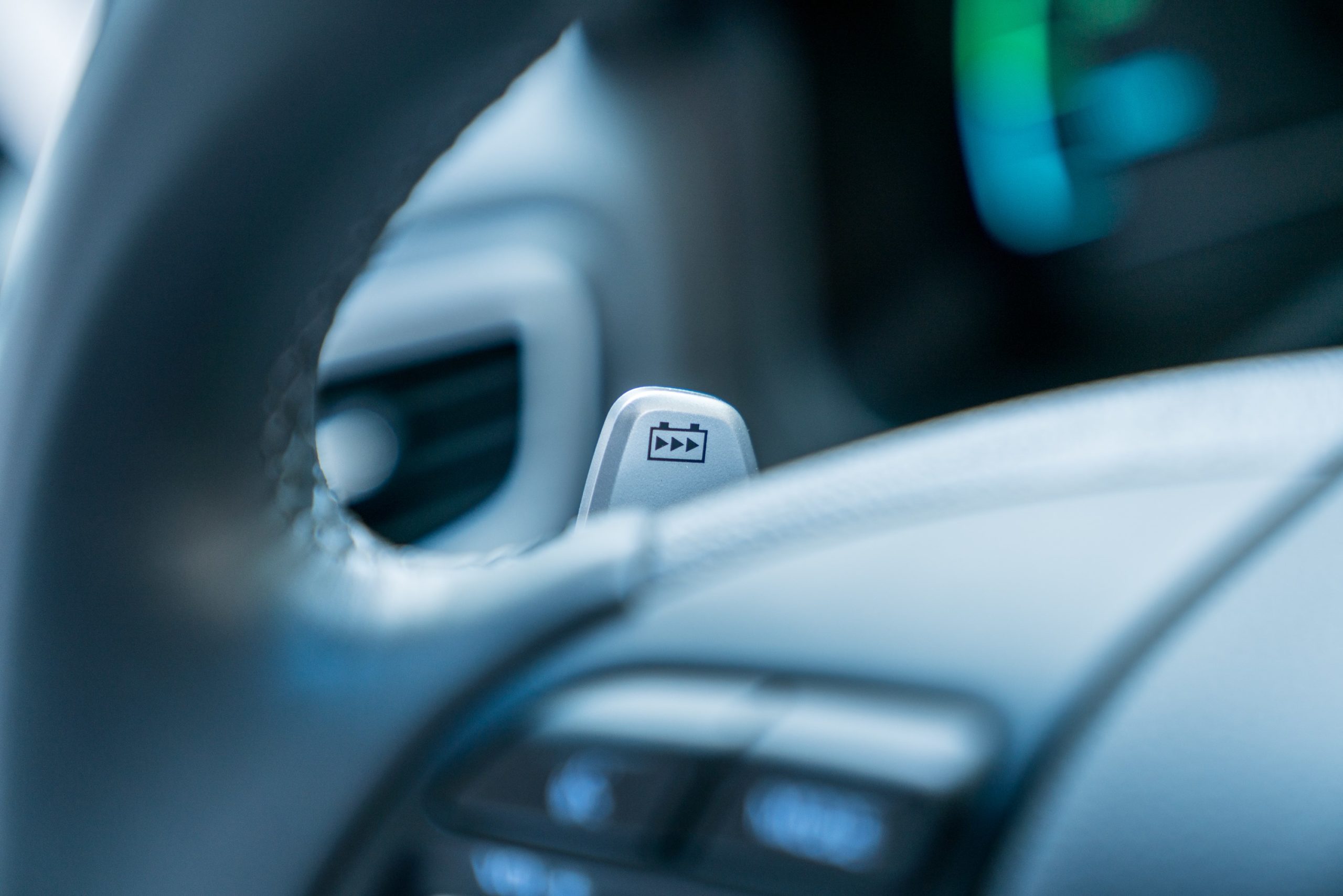
The 2017 Ioniq Electric has a steering wheel paddle to control regenerative braking.
On the highway, a lower regenerative setting is the best for overall driving comfort — you don’t want the EV to slow aggressively every time the accelerator pedal is lifted slightly. In many respects, this mild regenerative setting feels like the engine braking experienced in a gas-powered car — on the highway, it’s enough to slow the vehicle without having to reach for the brake pedal.
However, the milder regenerative setting also means it harvests less energy, so on the highway it’s good practice to lift partly off the accelerator pedal when going downhill. This action helps to offset the power needed to climb the next hill. The need to adopt this driving practice is the near constant cruising speed means there’s virtually no natural regeneration going on, so the power flow is all one way and that’s out of the battery. This is a sure way to watch the driving range plummet.
Read more: Revealing a fast future with the Ford Mustang Mach-E GT
Switch to secondary roads or an urban environment and a more aggressive regenerative setting is the better way to go — every lift puts something back into the battery! In most cases, the more aggressive regenerative setting is enough to control the vehicle’s speed without needing to use the brake pedal other than when coming to a full stop. Of course, if someone pulls out in front of you there’s always the immediacy of the mechanical brakes available!
An aggressive regenerative mode is the best for improving overall range, as it maxes out the recuperative powers of the electric motors. The consensus is most EVs capture somewhere around 70 per cent of the kinetic energy and convert it into electricity. However, Audi and Porsche say up to 90 per cent of the potential is harvested.
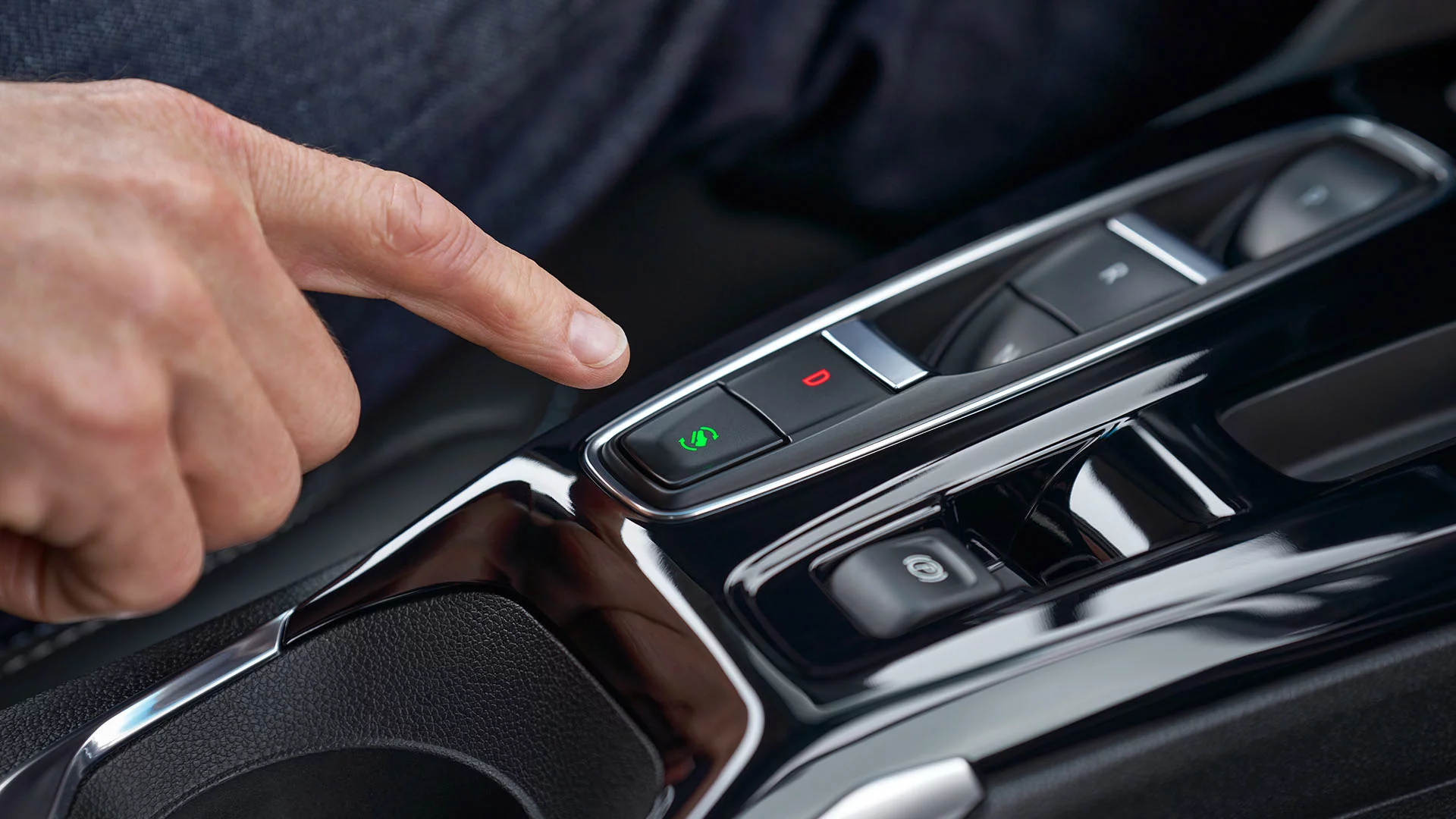
One-pedal driving button in a 2022 Chevreolet Bolt
The ultimate expression of regenerative braking is found in the so-called one-pedal drive — the accelerator pedal is used to pull-away, accelerate, slow and stop. The key here is that unlike the other regenerative modes, one-pedal will slow the vehicle to a standstill and hold it there without it rolling back. Again, the mechanical brakes are ready should the need arise.
While this setting is typically viewed as a love it/hate it type of thing because of the sensitivity of the accelerator pedal, there’s no getting away from the fact it delivers the best overall improvement in driving range. It does take some getting used to the pedal’s sensitivity, but usually 30 minutes behind the wheel is enough for the driver to get comfortable with its action and how it works. Yes, it does require smooth inputs, but the rewards are well worth the effort.
Testing the Volvo XC40 Recharge proved the practical value of one-pedal. The “distance to empty” readout was showing 120 km as the range; I needed 140 km to get home. Sticking to the highway was not the answer. Using secondary roads and maximizing the effect of the XC40’s one-pedal drive saw the electric motors generate enough electricity to get me home, and it did so without the white knuckles caused by range anxiety.
Regenerative braking is an important part of any electrified vehicle. Obviously, the amount of energy recuperated will never match the amount of energy consumed, but in the case of a pure electric vehicle it certainly helps to slow the rate at which the battery drains.
